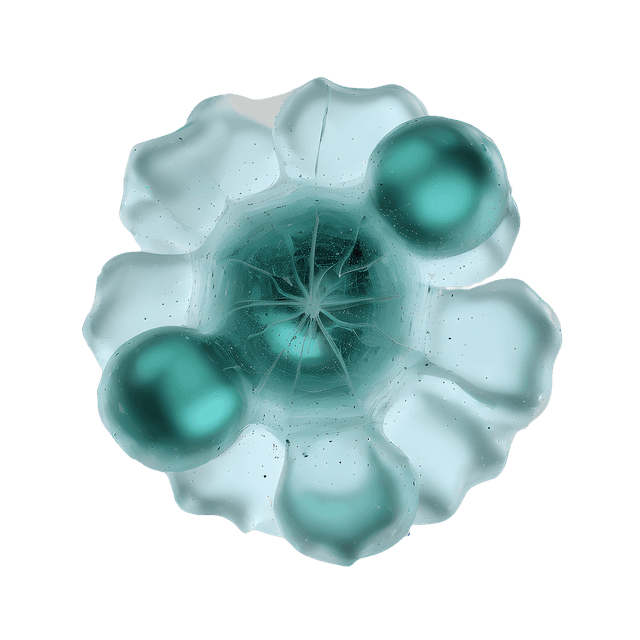Jaundice is a medical condition where the skin and the whites of the eyes take on a yellowish hue. This is caused by an increased amount of bilirubin in the blood – a byproduct of the breakdown of red blood cells. When the body cannot process bilirubin effectively, it accumulates and leads to jaundice.
What causes jaundice in adults?
There are several reasons why jaundice can occur, and the prevalence of jaundice in adults varies depending on region and underlying causes such as liver diseases, bile duct problems, or blood disorders. Jaundice is not a disease in itself but rather a symptom of an underlying problem. There is no exact global statistic on how many adults are affected by jaundice each year, but it is more common in individuals with liver-related conditions such as cirrhosis, hepatitis, or bile duct obstructions. Here are some of the most common causes:
- Liver problems: The liver plays a crucial role in processing bilirubin. If the liver does not function properly, as in liver diseases such as hepatitis or cirrhosis, bilirubin cannot be processed effectively.
- Blockage of the bile ducts: The bile ducts transport bilirubin from the liver to the intestine. If these ducts are blocked by gallstones or tumors, bilirubin cannot be eliminated properly.
- Hemolytic anemia: This type of anemia involves the rapid breakdown of red blood cells, leading to an overproduction of bilirubin.
- Newborn jaundice: Newborns may develop jaundice because their liver is not fully developed to process bilirubin efficiently. This is usually harmless and resolves over time.
Symptoms of jaundice
In addition to the characteristic yellowing, jaundice may also be accompanied by other symptoms:
- Dark urine
- Light or gray-colored stools
- Fatigue
- Abdominal pain
- Fever
Diagnosis of jaundice
Diagnosis of jaundice usually begins with a physical examination and the patient's medical history. To confirm the diagnosis, doctors may use:
- Blood tests: To measure bilirubin levels.
- Ultrasound: To examine the liver and bile ducts.
- CT scan: For more detailed imaging.
Treatment for jaundice
Treatment depends on the underlying cause of the jaundice:
- Medical treatment: If infections such as hepatitis are the cause, antiviral or antibiotic medications may be used.
- Surgery: If there is a blockage in the bile ducts, surgery may be necessary to restore normal function.
- Phototherapy: For newborns, phototherapy is often used, where the baby is exposed to special light that helps break down bilirubin in the skin.
Practical tips for managing jaundice
Here are some tips for managing jaundice:
- Follow your doctor's advice: It is important to follow the treatment plan recommended by your doctor.
- Stay hydrated: Drinking fluids helps the body eliminate excess bilirubin.
- Avoid alcohol: Alcohol can further strain the liver.
- Eat a balanced diet: A healthy diet supports liver health.
Scientific insights
A study published in "The Lancet" emphasizes the importance of early diagnosis and treatment to prevent complications of jaundice (Smith et al., 2020). Additionally, research highlights the effectiveness of phototherapy in newborns with mild to moderate jaundice (Johnson & Brown, 2021).





















